Review
BYD’s smallest car makes a big impression – in top-spec guise, at least - with plenty of space, technology and a useable range.
Overview
The compact car market has been the most challenging to electrify. Small platforms mean small batteries are required and that means ranges are limited. To keep prices down car makers have been forced to use existing platforms, but that comes with more compromises. Especially once you strip out all the luxuries.
BYD wants to do things differently. The Dolphin Surf, therefore, is ground-up electric car. It has a blade battery neatly integrated into its floor and a bodyshell that maximises the available space within its compact footprint.
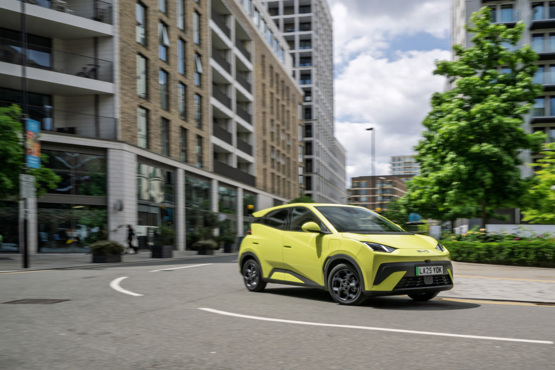
At less than four metres in length, the Dolphin Surf sits in the sub-compact segment alongside cars like the Leapmotor T03 and Dacia Spring. Other rivals include the Hyundai Inster and the Citroen e-C3. With the excepetion of the more expensive Hyundai, the Dolphin Surf feels more complete and capable than its key competition.
The line-up consists of three models – Active, Boost and Comfort - each with a specific powertrain. The cheapest version costs £18,650 and uses a 30kWh battery. Boost and Comfort models have a 43.2kWh battery, giving a longer range of up to 200 miles.
Comfort and practicality
Due to its width, the Dolphin Surf is strictly a four-seater but there’s plenty of passenger space on board. The cabin has a flat floor, which improves space for those in the back, and a minimalist dashboard up front makes good use of the available space.
All models get faux leather seats and they’re comfortable and supportive. Electric adjustment comes on Boost and above, but only Comfort gets heated seats.
It’s easy to find a reasonable driving position and even taller drivers won’t struggle to fit as there’s plenty of headroom.
Material quality is decent for a budget-focussed car, with a two-tone colour scheme that helps it to feel less drab. The centre console armrest incorporates a pair of cupholders and a wireless whine charging pad.
At the rear, the boot offers a volume of 308 litres. The rear seats can be folded in a 50:50 split, although they don’t lay flat. There’s also a useful storage space beneath the boot floor which has plenty of space for storing the charging cables.
Safety and technology
There’s no Euro NCAP safety score for the Dolphin Surf, yet, but seeing as it’s based on modern underpinnings we’re going to guess it will fare pretty well. That doesn’t stop you from feeling slightly vulnerable on motorways in such a small car, but compared to some compact models the BYD isn’t particularly daunting to drive among much larger vehicles.
There’s plenty of safety tech on board. The cabin features airbags for the driver and front passenger, as well as side curtain airbags and side airbags in the front seats. All versions get an intelligent cruise control, automatic emergency braking, lane-departure assist and automatic high-beam control. They also have parking sensors and a reversing camera. Opt for the Comfort and you’ll get a 360-degree camera system, although with the car being so small it’s not particularly necessary.
The central infotainment screen uses the same software as other BYD models but is much smaller at 10.1-inches in diameter. The problem this creates is that a lot of the ‘buttons’ are too small and fiddly to use, especially when driving. The entire user interface is messy and lacks the sophisticated graphics and slick operation that European manufacturers have perfected.
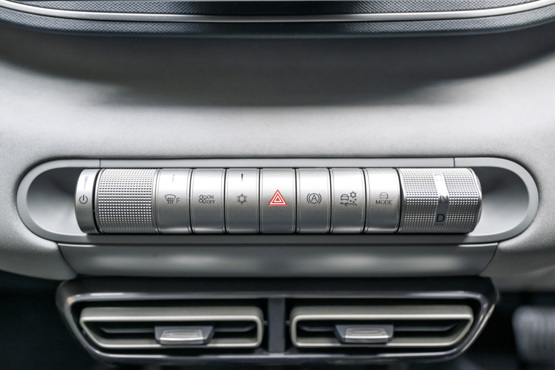
The climate controls are a particular pain as there’s no ‘auto’ function, meaning you have to dive into the menu to make regular adjustments.
BYD has supplied some physical switches, but it would seem they picked the functions out of a hat as half of them don’t make any sense. There’s drive modes, winter mode and auto hold, on one side, and a switch for the air conditioning along with another to turn the fan on and off on the other. More curiously, there’s a switch for front demister, but not the rear. It would be much more useful if there were controls for things you use regularly, like the heated seats and driver aids. Both of these functions are found within the layers of menus, instead.
You do, at least, get a physical volume switch.
Driveability and range
The Dolphin Surf is primarily a city car and this is where it excels. It’s nimble, quick to react and easy to drive. The steering is light, for quick manoeuvring, and the throttle response is immediate. Ride quality is a little rough, but for a cheap car we weren’t disappointed.
At higher speeds there’s a bit of wind and road noise. You probably won’t want to do regular motorway trips in the Dolphin Surf, but it can manage them.
We’ve only driven the Comfort model, which is the most powerful. It has 156PS, which is probably overkill but it does make it pretty rapid. It zips up to 62mph in nine seconds and sits quite happily at motorway speeds. The official range is 193 miles and, based on our 4.2mi/kWh, it should be good for at least 180. In the city you’ll find it more efficient, where we saw 5.0mi/kWh.
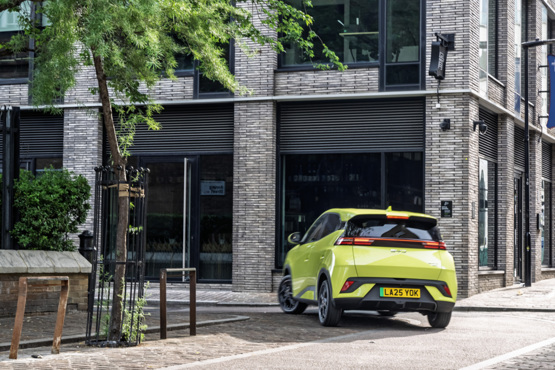
Fast charging is possible at up to 85kW for the big battery and 65kW for the smaller one, meaning a 10% - 80% charge will take around half an hour.
The Boost promises the longest range, but only by seven miles. It’s got considerably less power, too. Using the same 88PS motor as the entry-level Comfort. We’re yet to drive either of these versions but expect they’ll feel considerably less potent. With its smaller battery, the Comfort has an official range of just 137 miles.
Company car tax and running costs
There aren’t many electric cars in the sub-£20,000 price bracket and there are even fewer that you’d actually want to drive. The Dolphin Surf, in entry-level guise, is certainly worth consideration if your budget is limited.
While the Comfort model makes the most sense overall, owing to its more potent motor and longer range, it costs £23,950. Here, it’s knocking on the door of the Renault 5, which is simply a nicer car and considerably more desirable. Current leasing deals suggest the 5 is also a much cheaper option on a typical four-year contract.
Running costs and residual value data isn’t available for the Dolphin Surf, yet, but we’re expecting it to be competitive.
Matt has been an automotive journalist for nine years and has driven just about every new car and van that's on sale. As content editor - vehicles he is responsible for the automotive content on Fleet News and also contributes to Automotive Management. Prior to this, Matt worked in the automotive industry for 10 years.



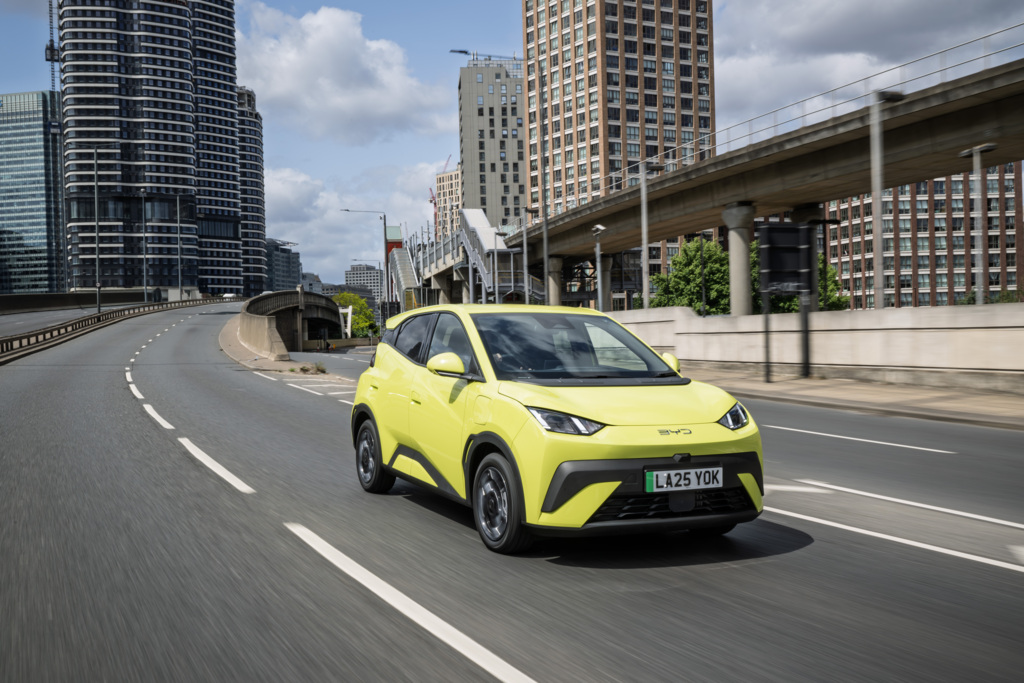


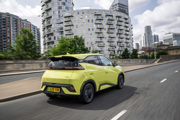
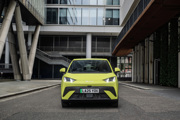
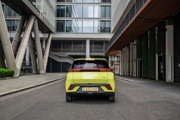
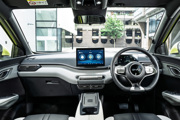

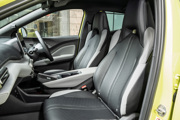
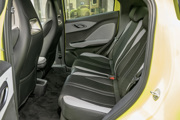
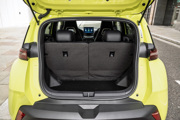
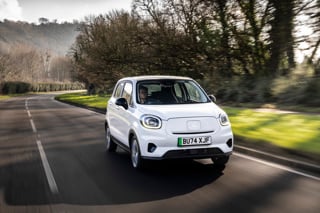

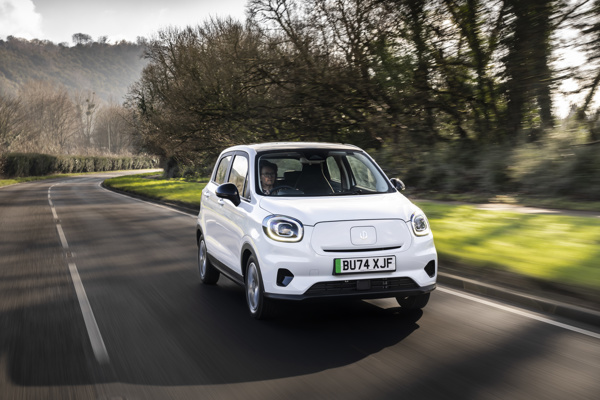
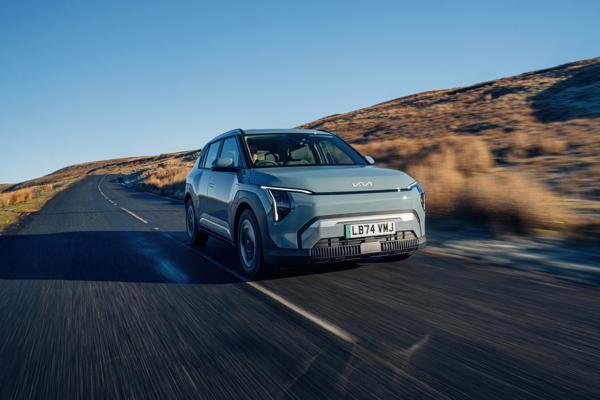

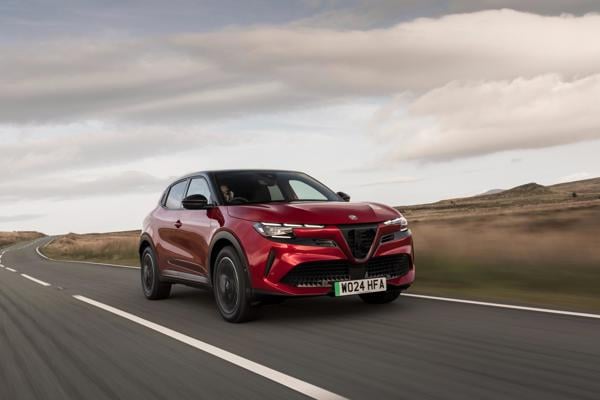

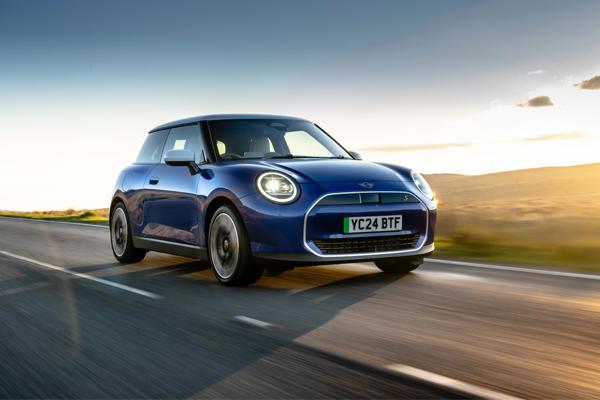

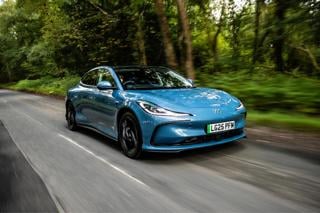
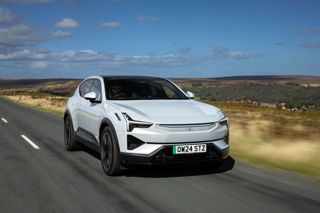
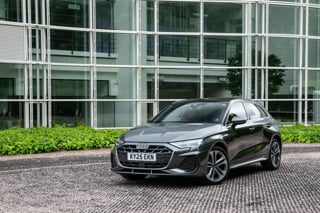
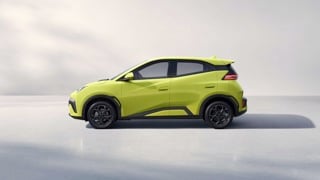


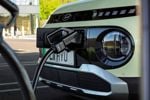


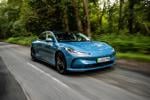






Login to comment
Comments
No comments have been made yet.